THE HUMMING BIRDS- THE ONLY BIRD THAT FLIES BACKWARDS AND UPSIDE DOWN!!
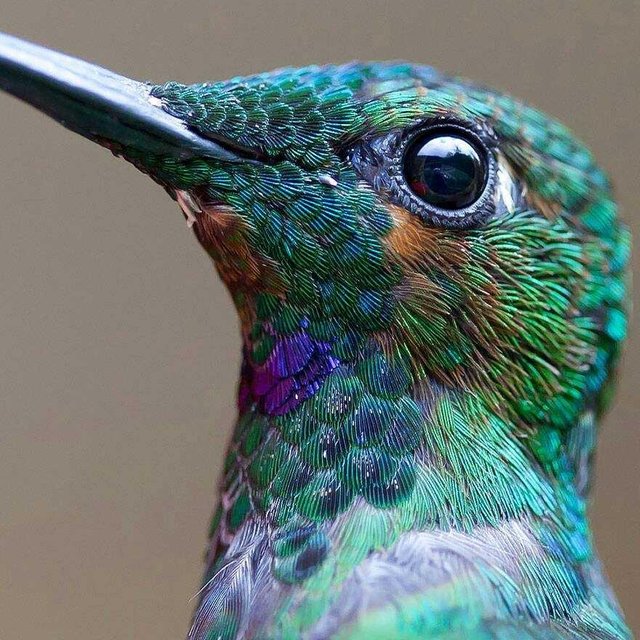
Hummingbirds are the only birds that can FLY BACKWARDS AND UPSIDE DOWN. They are also the only bird with the ability to hover in the air, which is both captivating to look at and extremely advantageous for feeding on plant nectar. Not only are hummingbirds among the most beautiful birds on planet earth, they are also the most impressive flyers. Within their wings the joint between the upper and lower arm is positioned very close to the body, giving them incredible leverage and flexibility in the air.
There are more than 320 characteristic specie of hummingbird in the world. Only eight species regularly breed in the United States, though up to two dozen species may visit the country or be reported as regular wanderers.
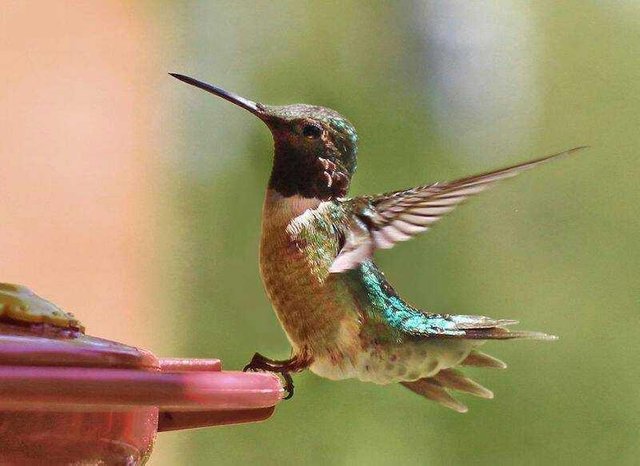
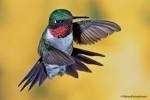
FLIGHT
• Hummingbirds have 1,000-1,500 feathers, the fewest number of feathers of any bird species in the world. They not need as many feathers because of their tiny size, but fewer feathers also keeps them more lightweight for easier flight
• A hummingbird’s wings beat between 50 and 200 flaps per second depending on the direction of flight, the purpose of their flight and the surrounding air conditions.
• In natural settings full of complex background motion, hummingbirds are able to precisely highly hover in place by rapid coordination of vision with body position.
• The beat of their wings is so rapid though unique to species but, up to 50 to 70 times a second, and 720 to 5400 times per minute when hovering that a "humming" sound is produced, and the wings appear blurred. They do so in a figure eight which adds to their maneuverability. The ability to hover allows pattern the hummingbirds to sip the nectar of plants and flowers.
• Hummingbirds cannot walk or hop, though their feet can be used to scoot sideways while they are perched. These birds have evolved smaller feet to be lighter for more efficient flying. They will use their feet for itching and grooming/posturing.
• Hummingbirds have the highest metabolism of a homeothermic animal. To conserve energy when food is scarce, and nightly when not searching for food, they can go into torpor
• Some humming birds fly at speeds greater than 33 miles per hour. They can even reach 60 miles per hour in a dive.
• A hummingbird’s wing beats take up so much energy, they spend the majority of their time resting on branches and twigs.
• Hummingbirds got their name from the humming noise their wings make in flight.
• Roughly 25-30 percent of a hummingbird’s weight is in its pectoral muscles. These are the broad chest muscles principally responsible for flight.
• Hummingbirds can fly in the rain and, like dogs, shake their heads to dispel drops of water. Unlike dogs, however, a hummingbird shakes its violently, 132 times per second, and rotating 202 degrees — all while flying head and maintaining !
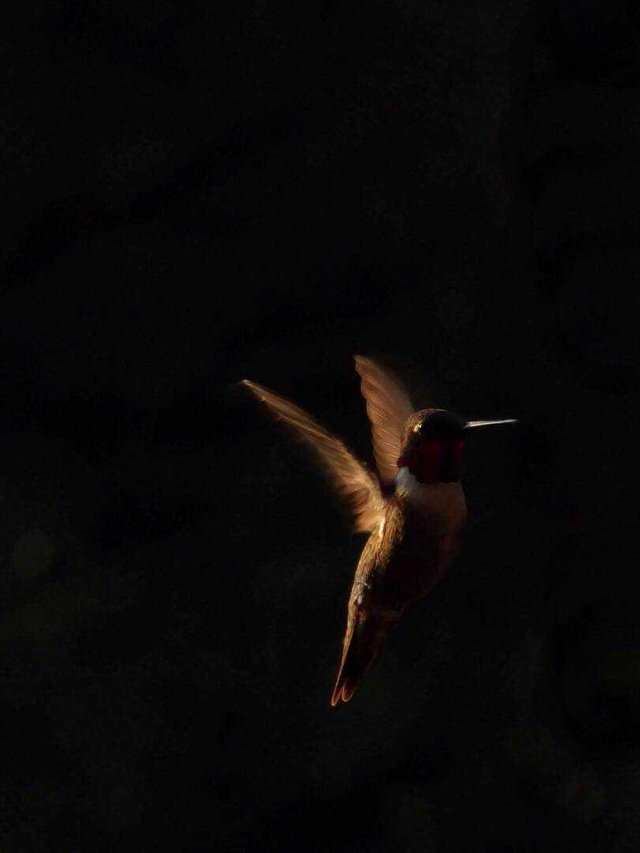
TORPIDITY
• The metabolism of hummingbirds can slow direction at night or at any time when food is not readily available: the birds enter a lethargy-, deep-sleep state (known as torpor) to prevent energy reserves from likefalling to a critical level.
• . During night-time torpor, normal temperature of the body falls from 40 to 18 °C, heart rate and breathing rate(heart rate to roughly 50 to 180 beats per minute from its daytime rate of higher than 1000).
• During torpor, to prevent hypohydration, the glomerular filtration rate ceases, preserving needed compounds such as glucose, water, and nutrients. Further, body mass declines throughout nocturnal torpor at a rate of 0.04 g per hour, amounting to about 10% of weight loss each night. The circulating substance, corticosterone (which regulates energy, immune reactions and stress responses), is one signal that arouses a hummingbird from torpor.
• Use and duration of torpor vary among hummingbird species and are affected by whether a dominant bird defends territory, with non territorial subordinate birds having longer periods of torpor.
• During this period, their respiration and heart rate become very slow especially during cold weather, and the metabolic rate can drop to 1/5 of normal.
• Hummingbirds have the highest metabolism of an homeothermic animal. To conserve energy when food is scarce, and nightly when not foraging, they can go into torpor.
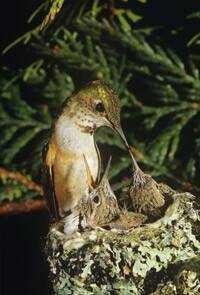
COMMUNICATION
• Hummingbirds have a variety of calls, chips, chatters and squeals to communicate with each other. Each species has its own "language" to alert other hummers or to challenge "invaders" of feeding territories.
AMOUNT OF TIME A HUMMING BIRD IS EXPECTED TO LIVE.
• Depending on the species, habitat conditions, predators and other factors, like threats, the average lifespan of a wild hummingbird is 3-12 years.
• Hummingbirds, like all wildlife, can be victims of natural as well as man-made hazards. Young hummingbirds must deal with rain, hail, cold , wind, snakes, squirrels, cats, dogs, ants and larger birds. And hummers have to navigate around weather houses, telephone poles, glass windows and buildings. Plus, other man-made obstacles such as ecosystem destruction and the use of pesticides have a negative impact on hummingbird populations.
• Hummingbirds change location in the spring, and again in the fall. Changing location is always a challenge for hummingbirds, who must fly huge distances to live in an environment that is warm and has abundant provision of food. Strong head winds, hurricanes, and cold fronts are difficult to fly through.
MATING AND PAIRING
• Hummingbirds as do many birds do not ‘couple up’, but instead the male and female go their own way after mating is complete. The male will move on to other females. The female is left with the job of building the nest, incubating the eggs and raising the young birds. Beat that! Hummingbirds tend to return to the area where they were hatched. After hatching, baby hummingbirds will stay in the nest for approximately three weeks.
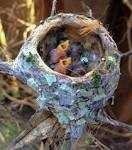
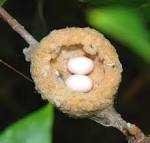
NESTS AND EGGS OF HUMMINGBIRDS
•The hummer builds concave shaped nests on the branches or leaves of trees. Their nests can be extremely small, sometimes, the size of a walnut. Mostly, they are joined to the branches by spider silks that enables them stretch as the eggs hatch. The female bird lays two small white eggs, which take 14 to 23 days to hatch in most species.
•Hummingbirds lay the smallest eggs of all birds. Their eggs measure less than 1/2 inch long but may represent as much as 10 percent of the mother’s weight at the time the eggs are laid. A hummingbird egg is smaller than a jelly bean!
•A hummingbird must consume approximately 1/2 of its weight in sugar daily, and the average hummingbird feeds 5-8 times per hour.
•An average hummingbird’s heart rate is more than 1,200 beats per minute. In comparison, a human's average heart rate is only 60-100 beats per minute at rest.
•At rest, a hummingbird takes an average of 250 breaths per minute. Their breathing pace will increase when they are in flight.
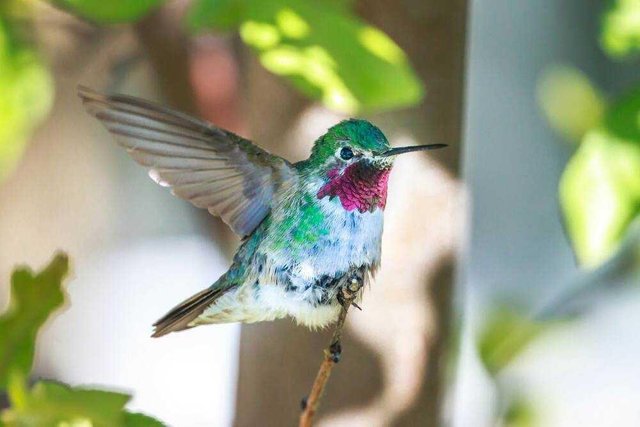
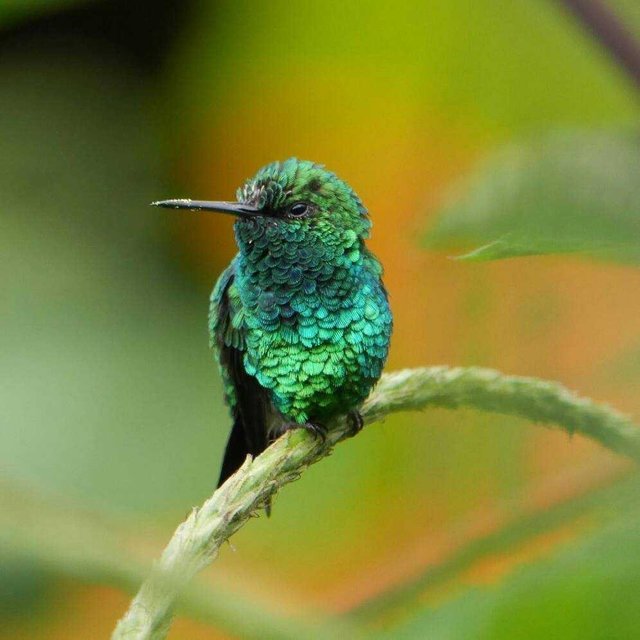
HOW THEY FEED
•On an average day, a hummingbird will consume double its body weight.
•Hummingbirds have no sense of smell but have very keen eyesight.
•Hummingbirds do not suck nectar through their long bills, they lick it with fringed, forked tongues. Capillary action along the fringe of their tongue helps draw nectar up into their throats so they can swallow.
•A hummingbird can lick 10-15 times per second while feeding.
•Hummingbirds digest natural sucrose - the sugar found in floral nectar - in 20 minutes with 97 percent efficiency for converting the sugar into energy.
•A hummingbird drinks nectar by protracting and contracting its tongue around 13 times per second.
•They also eat tree sap and small insects when flowers are hard to find in the wild.
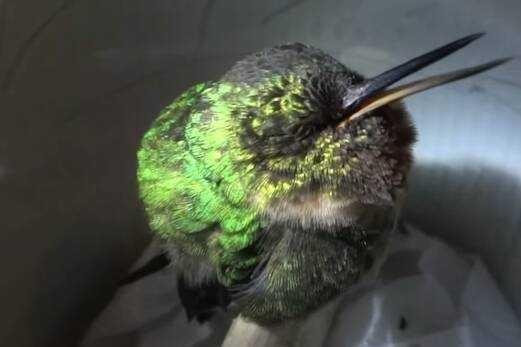
METABOLISM
•Hummingbirds can enter a state of physical inactivity called torpor, in which the birds reduce their body temperature to conserve energy.
•Well skilled at burning both glucose and fructose, a unique feature other vertebrates cannot achieve.
•A hummingbird’s metabolism is about 100 times faster than an elephants!.

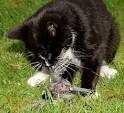
PERILS
•Nearly 15% of hummingbird species are vulnerable to extinction.
•It has been reported that very small hummingbirds have been caught in spider webs, stuck on thistles, and eaten by praying mantis, frogs, and dragonflies.
•Hummingbirds are killed when striking windows.
•Predators, such as cats, can catch and kill hummingbirds
SOME OTHER FEATURES UNIQUE TO THE HUMMING BIRD.
•Even though they are small in size, hummingbirds are one of the most pugnacious in the bird specie. They will regularly attack crows and hawks that infringe on their territory. Backyard birders often have one dominant hummingbird that guards all the feeders, chasing intruders away.
•Hummingbirds can be very territorial and will try to protect their food sources: both flowers and feeders. They spend a lot of time chasing other birds away.
•A hummingbird uses its tongue, which functions as a tiny pump, to suck the sought-after sweet liquid from feeders and flowers. This bird has a habit most pregnant women wish their partner possesses.
•While resting, the average 4-inch hummingbird takes about 150 breaths per minute.
•With other species, the most common sounds are aggressive calls, which resemble chattering or squealing. You’ll hear them when several hummingbirds are gathered near a food source.
•Hummingbirds are solitary migrants, so you won’t see them traveling in flocks. Infact, the only time they bond is during reproduction.
•It’s a rare sight, but they might fly through the mist of a lawn sprinklers, too!
•It takes less than a week (about five to seven days) for a hummingbird to build its nest. Built by females only, nests are made of lichen, moss, and spider webs.
•The hummingbird's distinctive features are its long beak, vibrantly-colored plumage, and the humming sound. Most hummers are colorful, but there are some in plain brown or even white color. Their brilliant color is not actually the pigment in their feathers but exhibition of colors from the feather arrangement. The colors change with each reflection of light and gives its plume a malleable and hard shininess, and strangely, sometimes they can also hide them! Only some colors are visible to the human.
•They have good memory. They remember all the flowers and places they have visited and they return to it the coming year.
•They are attracted to the color ‘red’.
•They have the most number of feathers per square inch, as compared to other birds.
•It’s possibly the only bird with insect as the predator.
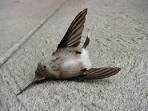

MORTALITY
• Most of them die in the first year of birth, but overall, their average life span is 5 years with a maximum of 12 years.
Nice compilation here friend...
I've learnt much from this
Thank you so much
@originalworks
This is well researched and nice..
Too bad it's not getting exposure..
Happens a lot here Sha..
Just keep on blogging and engaging..
Thank you so much. I didnt know some one else understood my pain. But then,i have passion for animals so i would not stop. Again, Thank you so much.
You're very welcome.. Just keep doing your thing..
@OriginalWorks